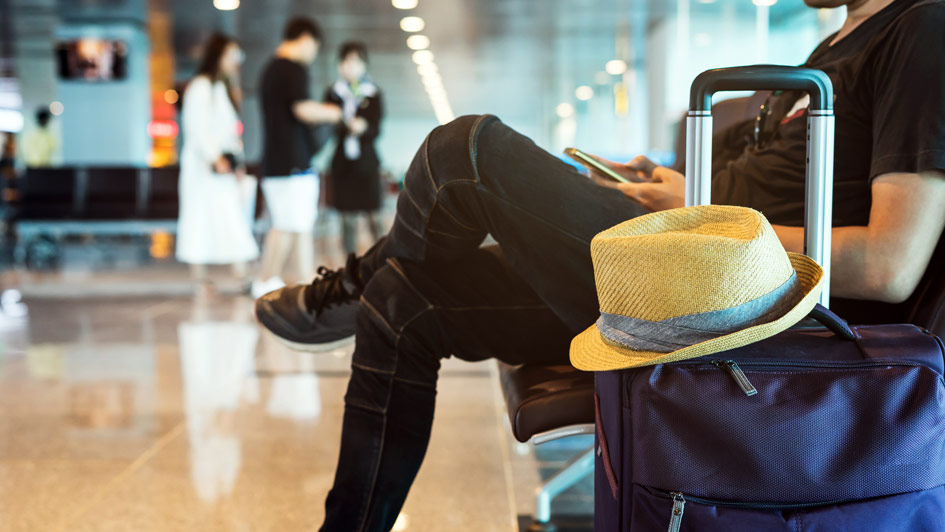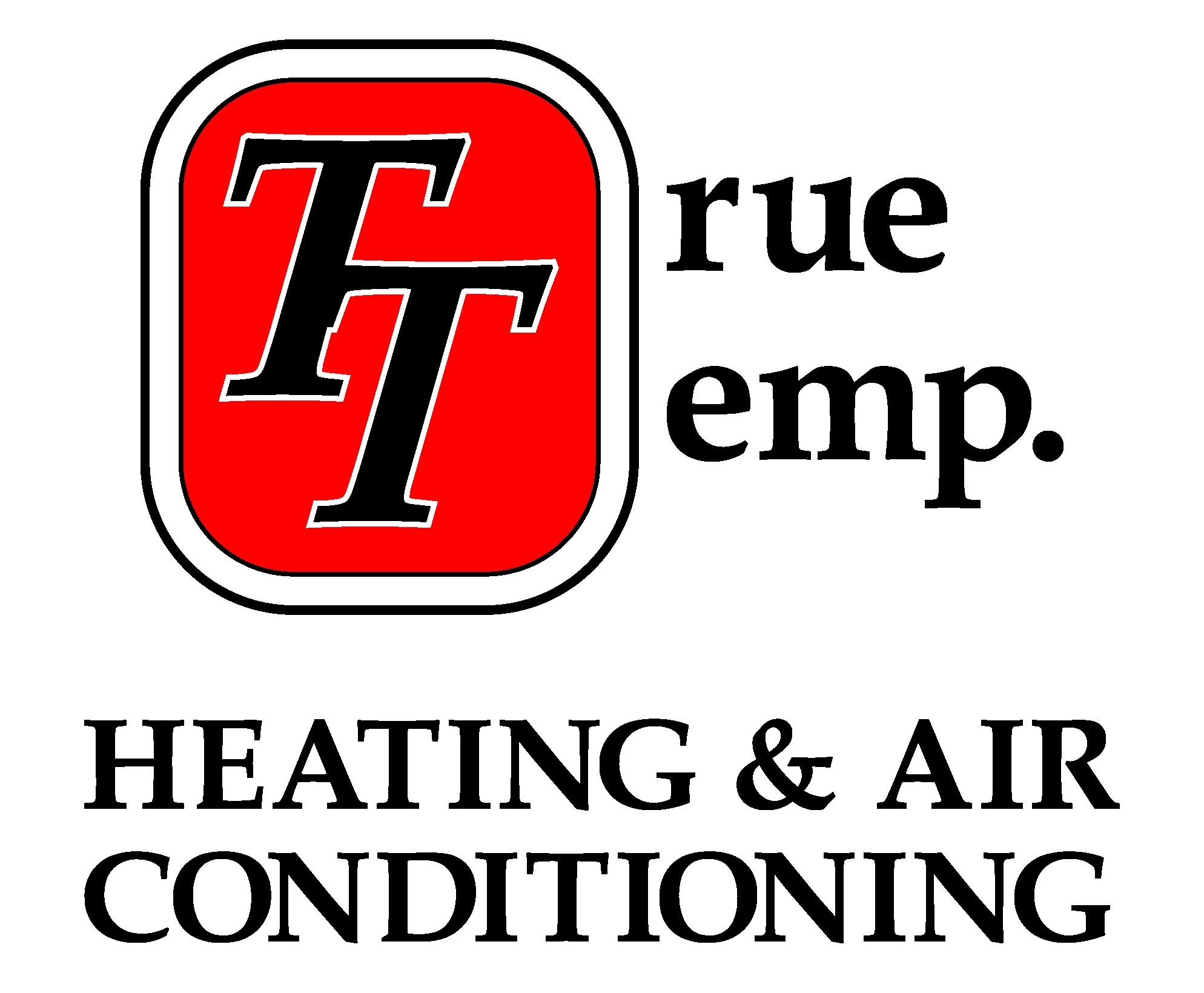
Whether it’s a tropical vacation or an extended trip for work, taking a trip means making preparations for your HVAC system. You won’t be using it if you’re not home, so you can adjust it as appropriate to minimize your energy use. Simultaneously, you don’t want to just shut it down for the entire duration of your trip.
In general, it’s better to leave your HVAC system going and just make adjustments depending on the time of year. That way you can minimize energy costs without having to worry about returning to an uncomfortable home. We’ll explain why you should avoid turning your HVAC system off as well as the ideal thermostat settings for different times of year.
Here’s Why You Shouldn’t Leave Your Thermostat on Hold
While you could be tempted to turn your HVAC system off before a trip, this can end up leading to big problems by the time you return. This is particularly true in case the weather will be severely hot or cold while you’re gone.
As an example, switching the HVAC system off in the summer can produce very high humidity. Not only will your home feel like a swamp when you return, but it may have also encouraged mold/mildew growth or pest infestations.
And during the winter, leaving the furnace off will sometimes lead to pipes freezing or even bursting. It’s never fun to get home from a long trip only to come across substantial water damage near a broken pipe.
Best Thermostat Settings While at Work
You can make temperature adjustments even if you’re coming and going to work. Considering you’re not home for 8 hours or more, it doesn’t help your monthly energy bill to keep an empty home heated or cooled as if you were there. Generally, it’s recommended to adjust the thermostat by 5 degrees or more. This means that if you prefer a comfortable 72 degrees, consider increasing it to 76-77 while you’re at work.
But you may save even more if you try further adjustments to the temperature. As reported by the Department of Energy, you may save around 10% on your HVAC costs by increasing the adjustment to 7-10 degrees.
Ideal Thermostat Settings While on a Trip in Summer
If you’re leaving for a longer trip in the hottest part of summer, you can make more significant adjustments. This ensures you don’t waste energy while still protecting your home from the hassles that come with leaving it un-air conditioned. About 5 degrees is appropriate for short trips while around 10 degrees is ideal if you’ll be out of town for 2 weeks or more. If you like keeping the house at 72 in the summer, 78-82 will offer the best results.
Recommended Thermostat Settings While on Vacation in Winter
To figure out the most energy-efficient thermostat setting for a winter vacation, just lower the temperature by the same amount you would raise it in summer. 68 is a frequent winter thermostat setting, so adjusting to 63-58 will protect your plumbing while limiting how long your furnace runs.
Smart Thermostats Are Even Better: Advantages of Smart Thermostat Installation
One of the best ways to optimize your home’s HVAC system while out of the house is using a smart thermostat. This innovative type of programmable thermostat utilizes intelligent software to monitor your preferred comfort habits. It learns these preferences and makes automatic changes to the schedule for maximum energy efficiency. And with Wi-Fi connectivity, you can remotely access your HVAC system from a smartphone or tablet.
Smart thermostats are stuffed with features to help you save energy and lower costs. For example, specific models can track electricity prices to bolster heating or cooling when prices are more affordable. They can also work with high-efficiency, variable-speed equipment to fine-tune how long your HVAC system has to run. It’s the perfect tool to streamline how you control your comfort system. If you’re considering investing in a smart thermostat, there are a variety of ways you can bring down your costs, effectively getting a smart thermostat for free. The next time you are away from home, you can appreciate true peace of mind that your HVAC system won’t cause any trouble while you’re away.
